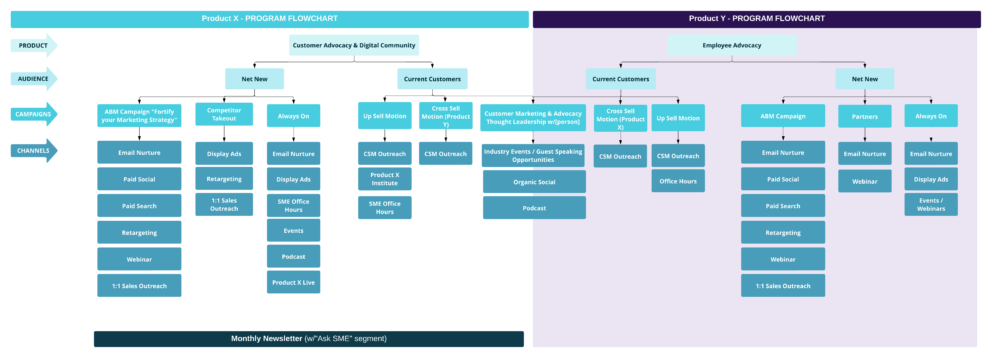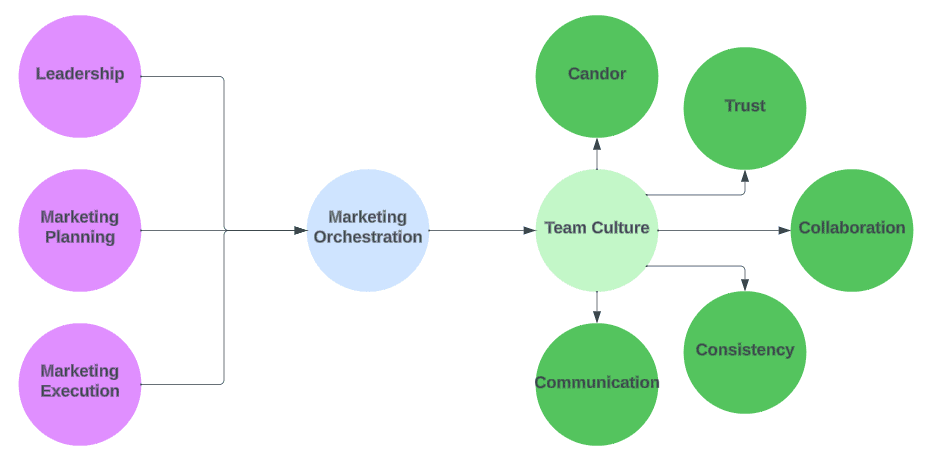The COO’s Role in Enabling Revenue Growth

Summary
This post offers actionable strategies for COOs to drive sustainable growth by aligning sales, marketing, customer success, and product teams. Readers will learn how a unified Revenue Growth strategy fosters collaboration, data-driven decisions, and customer-centric outcomes, leading to long-term success across go-to-market functions.
By Maria Geokezas, Chief Operating Officer at Heinz Marketing
For many organizations today, sustainable growth is the new goal. This kind of long-term vision requires a different approach, one that demands cross-functional orchestration. And who better to make this happen than the COO?
After all, it is the COO who can operationalize the company’s vision through a unified Revenue Growth strategy, a strategy that narrows the gaps between sales, customer success, product, and marketing. By aligning goals and KPIs such as revenue targets, pipeline growth and customer retention, a holistic strategy makes sure everyone is working toward the same shared outcomes.

A unified Revenue Growth strategy is the cornerstone of a truly collaborative and customer-centric business model. However, COOs are challenged to facilitate this alignment in a way that fosters collaboration and drives data-driven decision-making across the entire go-to-market (GTM) function.
The following six strategies can help.
Implement a Unified Revenue Operations (RevOps) Strategy
Implementing a unified RevOps strategy means aligning goals and KPIs between sales, customer success, product and marketing. These goals and KPIs include revenue targets, pipeline growth and customer retention rates. This ensures the organization is working towards the same outcomes, reducing friction and misalignment.
To make this alignment easier to achieve, pursue an integrated CRM, customer and marketing automation platform that provides a single source for customer data, enabling seamless collaboration and data-driven decision-making across teams.
Facilitate Collaborative Planning Processes
Facilitate joint planning sessions during which all go-to-market teams co-create strategies and campaign themes. When all GTM functions are involved in this planning and decision making, all get a sense of ownership and accountability, leading to better execution. This collaboration is further enhanced when the teams develop content collaboratively.
Provide Cross-Functional Training and Development
When each side has a deeper understanding of the role of the other, sales and marketing will be more empathetic to each other, and more aware of the challenges they face. Encourage temporary role swaps or job shadowing. Ongoing training opportunities that benefit all teams—such as data analysis, customer journey mapping, and communication—also results in better alignment.
Enable Data-Driven Decision-Making
Develop a set up metrics that reflect this collaborative go-to-market approach. Ensure all teams have access to real-time dashboards that track key metrics like lead conversion rates, pipeline velocity, and customer acquisition and retention costs. Perhaps more importantly, these teams also need predictive analytics to proactively identify trends and potential bottlenecks in the customer journey.
Model Leadership Alignment and Accountability
Reinforce the full GTM team alignment with regular check-ins and accountability. This could also be done by creating a RevOps leadership role that oversees both sales and marketing operations.
Ensure a Customer-Centric Approach
Finally, being involved in customer journey decisions might be the best way to demonstrate the importance of full team GTM alignment. After all, the COO is responsible for helping their people to be more effective and efficient in achieving the company’s goals. With a focus on customers, the COO can demonstrate the importance of sales and marketing alignment from the top down.
When the COO can enable their teams to align goals, integrate technology, and encourage cross-functional training, they create a culture of accountability and ownership across the GTM team.
Ultimately, this approach not only drives revenue growth but also builds a stronger, more cohesive organization—one where every decision is made with the customer in mind, and where every team shares in the company’s success.
If you’d like to learn about our approach to aligning teams, let us know. We’d be happy to set up a short conversation with one of our GTM Orchestration practice leads to help answer some basic questions.
Image: free image from Freepik.





